When the need for an organ transplant arises in a family, Indian women feel a hidden pressure to become donors. For several reasons, women make up more than two-thirds of living donors, while most recipients are male.
By Mythreyee Ramesh and The Quint Team
For 40-something Kavita (name changed), a Bengaluru-based start-up professional, there was ‘no real choice.’ When her father-in-law needed a kidney transplant, her entire family turned to her to step in.

She explains that her mother-in-law couldn’t donate due to her age and diabetes, and her husband was away on a project in Germany. She had given birth just a couple of years prior, and while everyone told her the decision was hers to make, she still wondered how people would have reacted if she had chosen not to donate. “I didn’t really feel like I had a choice”, she says.
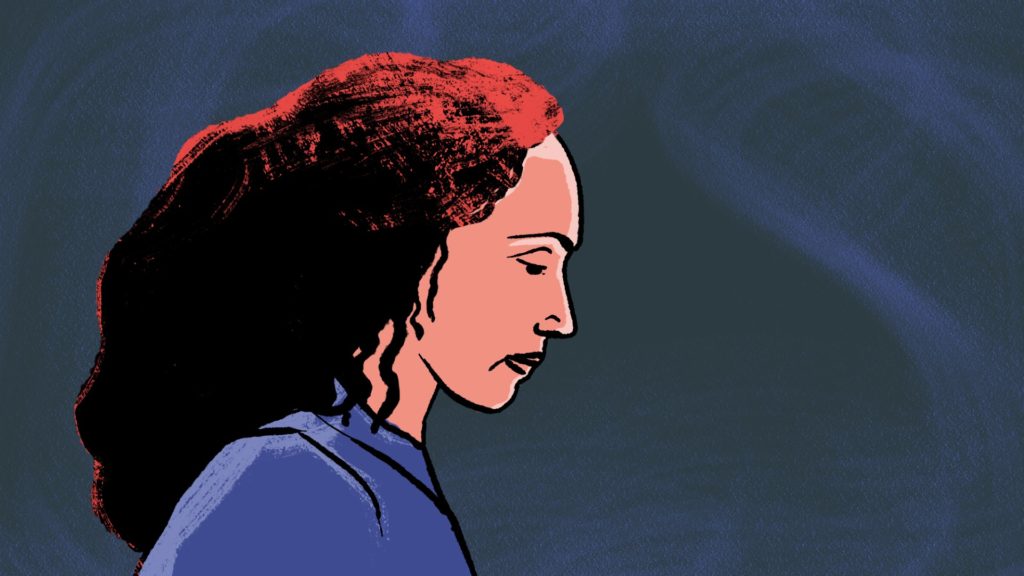
Kishan Rastogi (name changed), a patient at Apollo Hospitals, Navi Mumbai, says he ‘owes his life’ to his 44-year-old wife Rashmi.
A frail-looking Kishan has been suffering from liver-related ailments for the last six years, and Rashmi’s willingness to readily donate a portion of her liver for her husband made the difference between his life and death.
Rashmi and Kishan come from a typical middle-class family, striving to make ends meet through their local grocery shop. As the couple waited outside the doctor’s room for their appointment, Rashmi kept checking on her husband.
Kishan’s family was small, with elderly parents and no brothers. Although he had a sister, she had her own family and couldn’t be asked for help. Rashmi’s children were still young, and according to her, this left her as the only one who could save her husband.
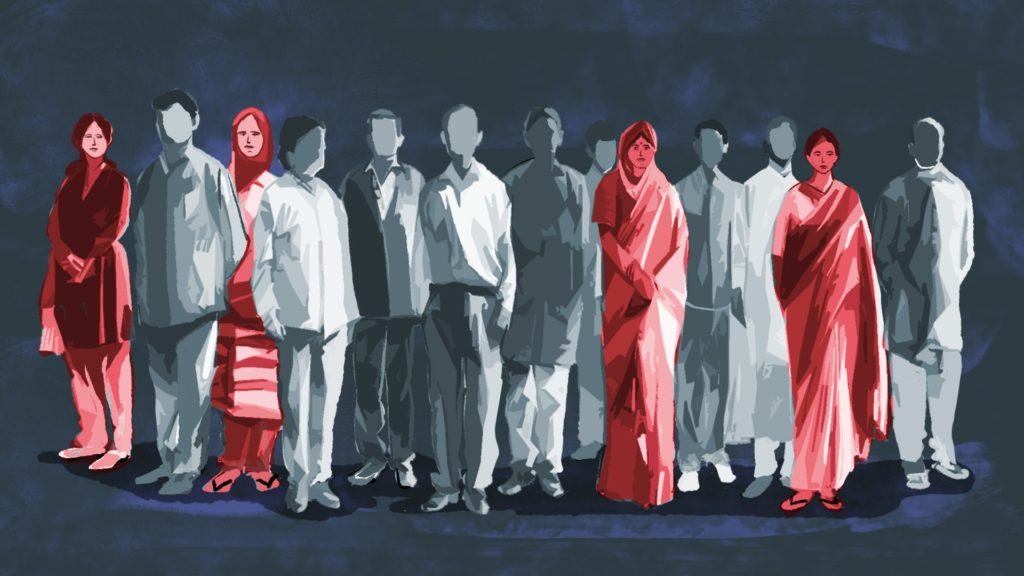
Mothers, wives, daughters, and daughters-in-law – there is a pattern. When it comes to living organ donation in India, a staggering majority of them are women.
Data & Organ Donation: Women Give, Men Receive
Although there is no centralized data for living organ donation in India, doctors at three different hospitals point out that women consistently outnumber men when it comes to donating organs for their male relatives – a trend seen across years, cities, and hospitals.
Nephrologists at Osmania General Hospital (Hyderabad), Manipal Hospital (Karnataka), and Apollo Hospitals (Navi Mumbai), say that approximately “70-80 percent of donors are women” and “70 percent of the recipients are male.”
A right-to-information (RTI) application filed by writer Shohini Chattopadhyay in 2018 remains the only available data on living organ donation to date. According to it, between 2008 and 2017, women constituted 74 percent of kidney donors in three centers and 60.5 percent of donors for liver transplants in five centers.
Data from the National Organ and Tissue Transplant Organisation (NOTTO), meanwhile, revealed that four out of five organ donors in India between 1995 and 2021 were women, and four out of five people who received the organs were men.
Why Women Donate: The Guilt Factor
When 35-year-old Chennai-based teacher Leela’s son was diagnosed with renal failure at age nine, her first reaction to the news was ‘a gnawing guilt.’

Leela recalls crying for nearly a week, plagued by thoughts that she should have encouraged her son to drink more water or fed him better. The only way she felt she could make things right was by giving him a second chance at life. And she says there was no way that she would trust anyone else with it.
Leela lives in an upper-middle-class housing society in Chennai’s Alwarpet. Today, her 12-year-old son is like any other preteen, says Dr. S. Srinivasan, a nephrologist with over 20 years of experience who has been their consultant since the diagnosis and transplantation in 2019.
The doctor noted that mothers, particularly those with young children, often believe that their child’s condition is due to something they did wrong. They tend to feel they should have spotted the symptoms earlier or taken better action. In his experience, most mothers don’t hesitate before immediately asking how they can donate.
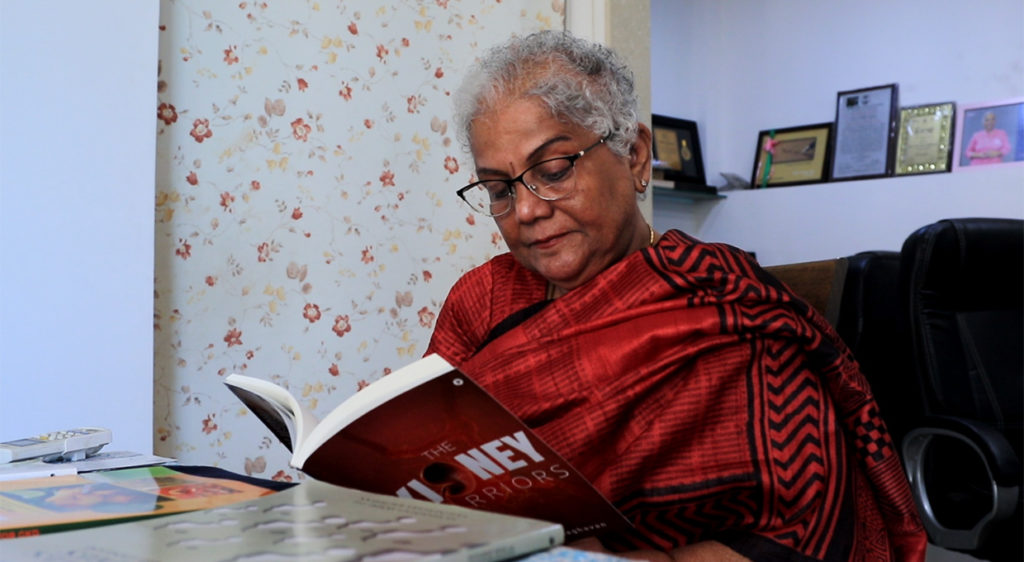
Guilt also played a role in Vasundhara Raghavan’s journey as a donor to her child. Recalling her teenage son’s childhood, she says that she regrets not taking a second opinion on his tendency to wet the bed. This symptom could have indicated that his kidney function needed attention.
Her son had struggled with bed-wetting until around age 10. When she consulted a family physician, she was told it would resolve on its own over time. However, she later learned that if the issue had been identified five years earlier, it could have been addressed with reconstructive surgery, potentially avoiding the need for dialysis and an eventual transplant. When asked, Vasundhara confirms Dr. Srinivasan’s experience: “Yes, the mothers always feel more guilty.”
But her decision to donate wasn’t an easy one. It all started in 1996 when her then 15-year-old son in Mumbai was repeatedly complaining of headaches, which his mother thought was a tactic to skip school. Little did Vasundhara know that her life was about to change forever.
Her son was diagnosed with renal failure, and Vasundhara was cleared to donate a kidney after several careful tests. But fate had other plans.
Just two days after she was permitted to donate, Vasundhara was diagnosed with breast cancer.
She recalls that her eldest son had tried to persuade her not to donate, insisting that he would do it instead. She refused, as she wanted at least one of her children to focus on completing his education and ensuring his own future. She thought that her younger son was likely left wondering whether he would actually receive the kidney his mother had promised him. She felt terrible about the situation, feeling as though everything was left in suspense.
In 1998, she donated one of her kidneys to her son. Today, 75-year-old Vasundhara passionately runs the Kidney Warriors Foundation, India’s first non-profit NGO that assists families with members suffering from kidney ailments. Following a successful transplant, her son now wears several hats—a chef, scientist, writer, and celebrated cheesemaker—all because of his mother.
Why Women Donate: The Physiology
There is also a scientific reason why mothers are more likely to donate to their children.
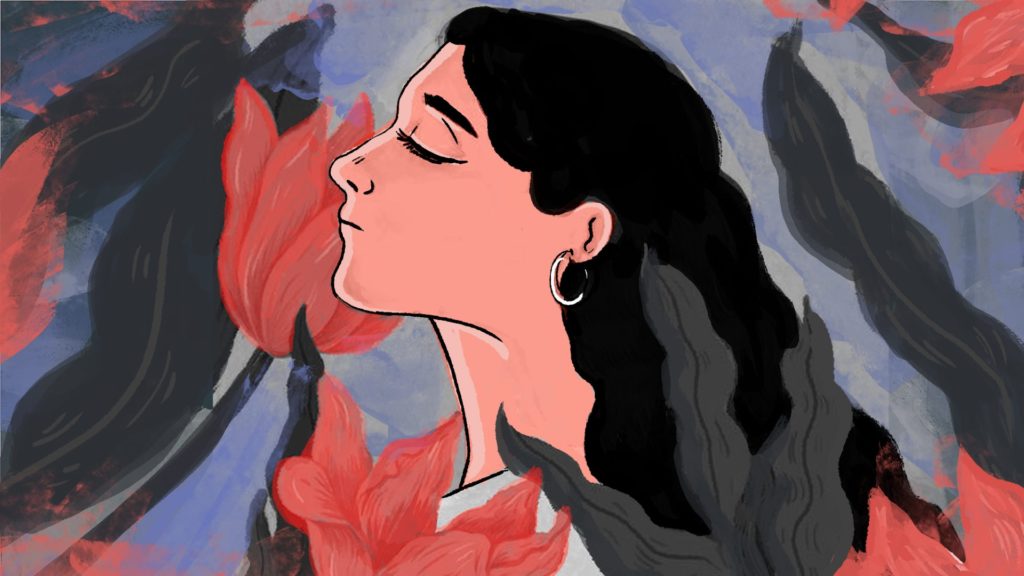
Professor Darius Mirza, Consultant and Multi-Organ Transplant Lead at the Apollo Hospitals in Navi Mumbai, explains that other factors are considered, such as size, health, and well-being. Typically, women are shorter and smaller, which often makes the mother a better size match for a child than the father. However, if the child weighs around 25-30 kg, the mother might sometimes be too petite to be a suitable match.
Why Women Donate: The ‘Worth’ of Their Bodies
Women also have a different appreciation of the worth of their bodies. Dr Manisha Sahay, Head of Nephrology at the Osmania General Hospital in Hyderabad, points out an economic factor: most women do not work, so they come forward to donate because the male member is usually the one making money for the family. Dr. Sahay calls it a “sense of sacrifice” that women have caused by the patriarchy.
In Pune, 38-year-old Shreya Pawar, who was working at a travel agency, decided to donate a kidney to her 45-year-old husband earlier in 2023 because it was the “right decision for her family.”
She explains that there was no alternative. They had asked her two brothers-in-law, but they had declined. If she hadn’t stepped in, no one else would have been able to support her family. Now, her husband has recovered and returned to work. Although she had to leave her job to donate and to take care of him during his recovery, she feels it was a beneficial decision for their family in the long run, as he earns more money.
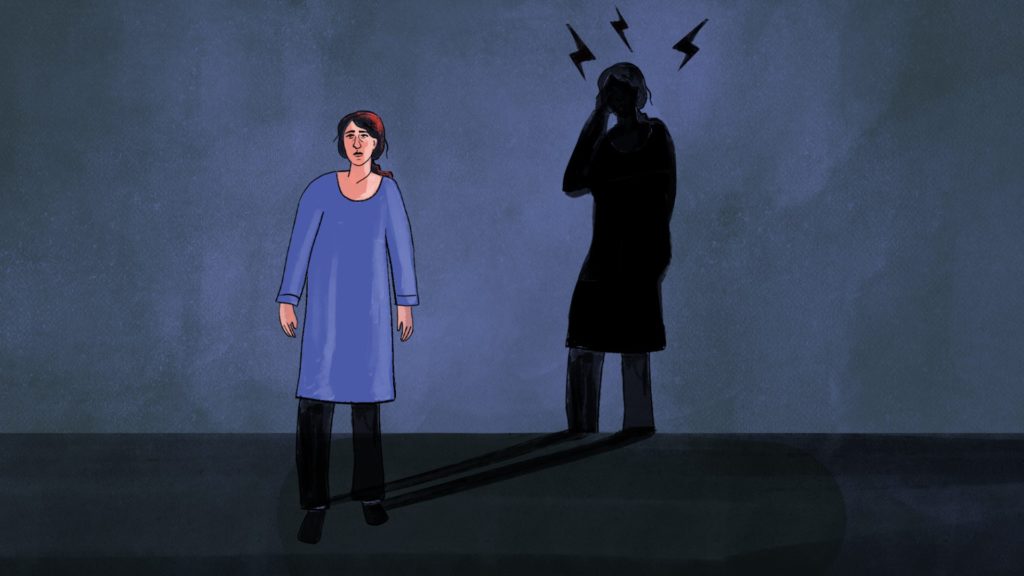
According to experts, financial dependency is a major reason we don’t see many fathers donating. To go through the organ donation process, men have to take the time to get screened, do several tests, and take time for the recovery period, which is often not financially viable in a household where the husband is the primary breadwinner.
Though most liver donors do not experience serious or long-term complications, recovery can take time.
In the case of liver transplants, doctors recommend that the donor stays in the hospital for at least four to five days. It would, however, take at least six and up to eight weeks for the incision to heal properly. Most can resume work within three to four weeks of the surgery.
This leaves little choice for women in nuclear family set-ups, where the wife is financially dependent on the husband. This is why the wife always comes forward to donate, according to Dr. Vivek Kute, Professor and Unit Head in the Department of Nephrology and Transplantation of the Institute of Kidney Diseases and Research Center in Ahmedabad. In her 15 years of observation, in most cases of spousal donations, when the wife comes forward, she is dependent on the husband.
Is There A Way to Fix the Gap?
In the United States, which performs the most number of living organ transplant surgeries, women constitute 62 percent of kidney donors and 53 percent of liver donors.
According to the World Health Organisation (WHO), India is only behind the US in performing and emerging as a hub for such transplants.

While improving Indian women’s current employment rate of 23.97 percent is a long-term solution, which will impact other factors centering on patriarchy, the more practical solution would be to encourage cadaveric donors, say experts.
India’s organ donation rate stands at 0.52 per million population. In Spain, the rate is 34 per million population, the highest in the world. This is approximately 67 times the rate in India.
Every 10 minutes, at least one more person is added to the waitlist of people who need an organ donation. Over 3 lakh (300,000) people are already on the waitlist. At least 20 people die each day while on that waitlist.
But what happens when it is the woman who needs the kidney?
They are not really prioritized by their families, experts say. Out of the total 36,640 patients who underwent (any) organ transplants between 1995 and 2021, 29,695 were men, NOTTO data showed.
So, if there are no living organ donors – or as in the case of India, no mothers, wives, or daughters to make the ‘sacrifice’ – the chances of dying while waiting for an organ are almost inevitable.
Credits. Reporter: Mythreyee Ramesh. Additional Reporting: Meenakshy Sasikumar. Illustrations: Vibhushita Singh. Creative Producer: Anoushka Rajesh. Creative Director: Naman Shah. Camera: Yashpal Singh, Gautam Sharma. Senior Editor: Shelly Walia
This story was initially published in The Quint (India) and is republished within the Human Journalism Network program, supported by the ICFJ, International Center for Journalists.
